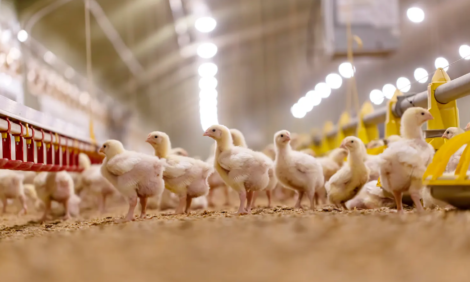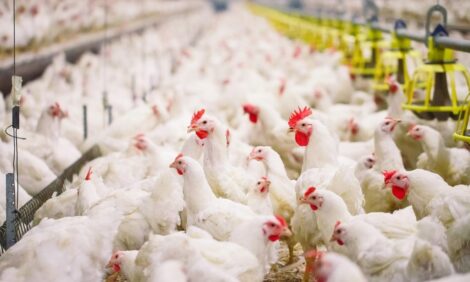



US Poultry Industry Manual - Partridge production
Learn more about raising patridgesPart of Series:
< Previous Article in Series Next Article in Series >
PARTRIDGE PRODUCTION
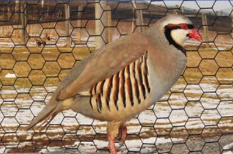
Editor's Note: The following content is an excerpt from Poultry Industry Manual: The Foreign Animal Disease Preparedness and Response Plan (FAD PReP)/National Animal Health Emergency Management System (NAHEMS) Guidelines which is designed to provide a framework for dealing with an animal health emergency in the United States. Additional content from the manual will be provided as an article series.
Chukar Partridges
Three strains of partridge are raised for production and commercial hunting, the Chukar partridge being the most common. The European Red-leg partridge is the least common. Some breeders cross Chukar females with Red-leg males to create a hybrid called a Chukar Red-Leg Cross. Chukar Partridges originated in Eurasia, Israel, Turkey, Afghanistan, India, and Pakistan and are adapted to arid and semi-arid country in higher elevations. In many western states, such as Idaho, Montana, Nevada, and eastern Oregon, the Chukar has become established as a wild game bird species.
Managing Chukar Breeders
Male Chukar are slightly larger than females and have thicker necks. The bill and tarsus of males have a deeper orange coloration. Breeding stock are generally selected between late December and early March. Chukars can be pair-mated, kept in trios or quartets (1 male to 3-4 hens), or colony mated in pens at a 1:5 ratio. Egg production averages 40-60 eggs per hen each season. Chukars are highly sensitive to excess moisture and fecal-borne pathogens, such as coccidia, and do best when raised on wire. When breeder birds are in wire cages, eggs are often collected using roll-away systems. Eggs should be collected several times a day, especially in hot or wet weather.
Hatching Chukar Eggs
Chukar eggs are set every 7-14 days. However, Chukar eggs can be stored for up to a month and still remain hatchable. The incubation period for Chukar eggs is 23 days.
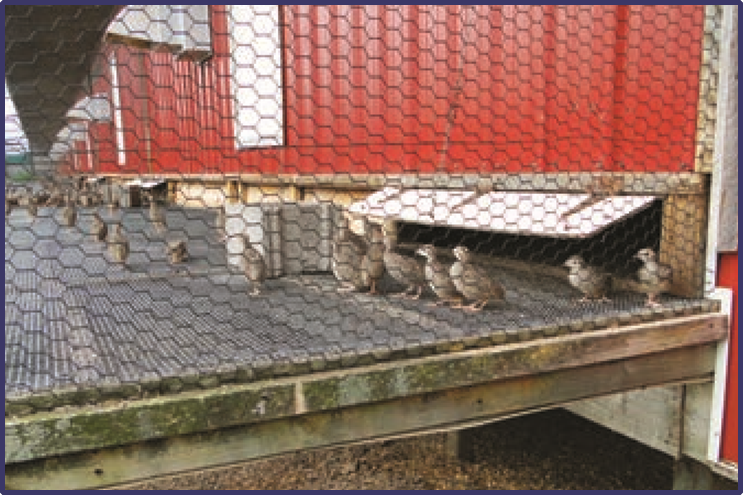
Brooding Chukar Chicks
Chukars chicks are brooded similarly to methods used for pheasants
(described above) but best results are attained if chicks are raised on wire after 2-3 weeks of age due to their extreme susceptibility to coccidiosis. Chicks are also highly prone to piling and subsequent suffocation, so uniform whole house heating and low light intensity during brooding are recommended. Chicks can be moved to flight pens at 8 weeks of age to condition them for hunting. Preserves often purchase Chukar partridges after 15-16 weeks of age.
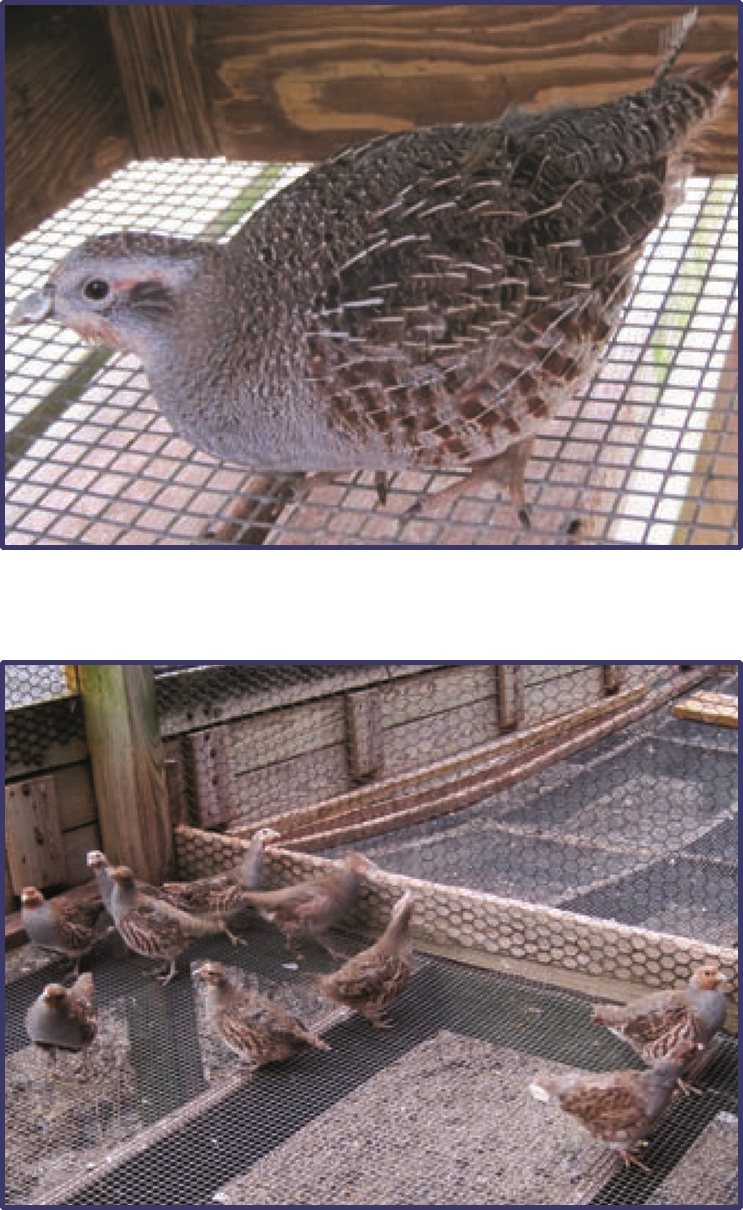
Hungarian (Grey) Partridges
Hungarian Partridges are smaller than Chukars and have a chestnut “V” on the lower breast. In general, they are much more difficult to raise compared to other game birds, because they are very excitable and easy to stress.
Managing Hungarian (Grey) Partridge Breeders
Hungarian Partridges must be bred in pairs. Because they require more acclimation, future breeders are paired in mid-winter. They begin breeding around mid-May and stop egg production around mid-August. Typical egg production per hen is 50 eggs during a season. Each breeder hen will produce approximately 35 chicks per breeding season. The incubation period for hatching eggs is 24 days.
Brooding Hungarian Partridge Chicks
Hungarian Partridges are brooded quite differently from other game birds. Brooding occurs in small groups in heated brooder boxes with paper on the floor instead of bedding or on wire. Chicks are fed soft foods, such as chopped eggs, in addition to starter feed, during the first three days of life. Watermelon is commonly given for energy and moisture. Since chicks are tiny, feed particle size is very important and must be ground very fine. Even with extra care, high first week mortality of up to 50 % sometimes occurs. After 10 days of age, chicks are brooded in a brooder room similar to other game bird chicks. Hungarian partridges are moved out to flight pens around 8-10 weeks of age.
Reference: "USDA APHIS | FAD Prep Industry Manuals". Aphis.Usda.Gov. 2013. https://www.aphis.usda.gov/aph...
The manual was produced by the Center for Food Security and Public Health, Iowa State University of Science and Technology, College of Veterinary Medicine, in collaboration with the USDA Animal and Plant Health Inspection Service through a cooperative agreement.







